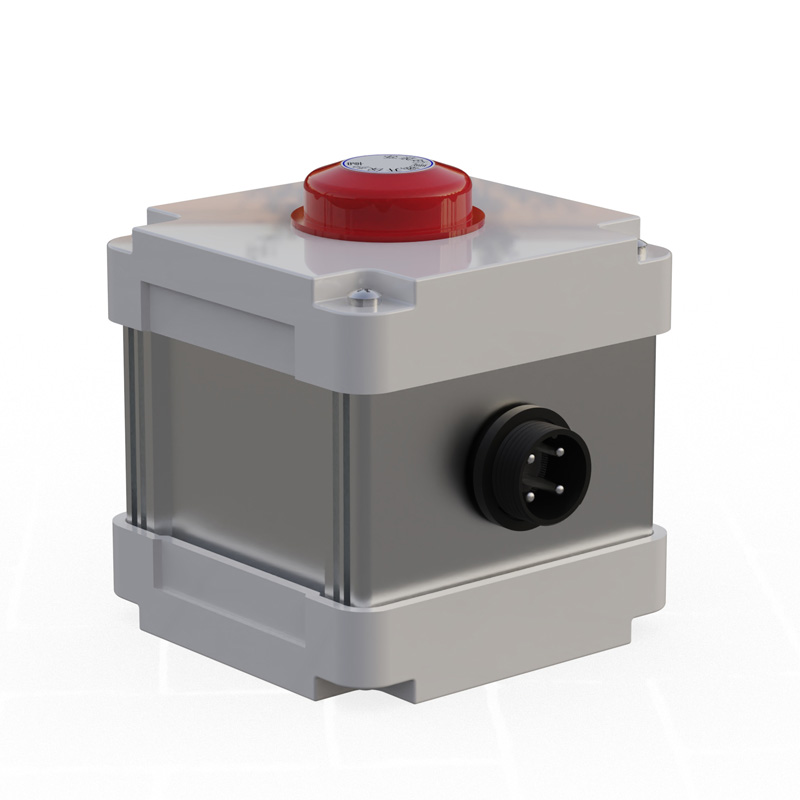Tianqiong Sensor IOT Technology Co., Ltd
Sales Manager:Ms. Emily Wang
Cel,Whatsapp,Wechat:+86 15898932201
Email:info@fengtutec.com
Add:No. 155 Optoelectronic Industry Accelerator, Gaoxin District, Weifang, Shandong, China

Sales Manager:Ms. Emily Wang
Cel,Whatsapp,Wechat:+86 15898932201
Email:info@fengtutec.com
Add:No. 155 Optoelectronic Industry Accelerator, Gaoxin District, Weifang, Shandong, China

Model:FT-FS3
Brand:tianqiong
Photosynthetically active radiometer product introduction
photosynthetically active radiometer is designed to measure light intensity in the wavelength range of 400-700nm at frequencies relevant to photosynthesis.
Photosynthetically active radiometer technical indicators
Power supply: DC12V
Power consumption: 0.036W
Working environment: -20~65℃
Communication interface: RS485
Operating current: 3mA@DC12V
Minimum data interval: 0.5S
Photosynthetically active radiometer sensor parameters
| parameter | scope | Resolution | Accuracy | unit |
| Photosynthetic effective radiation | 0-2000 | 1 | <±3% | W/m² |
Response time: ≤10S
Annual stability: ≤±3%
Zero point drift: ≤10 W/m²
Measurement spectrum: 400~700nm
In fields such as agricultural production, outdoor sports, and transportation, accurately grasping weather conditions is crucial. Although traditional large-scale weather stations can provide macro meteorological data, they have shortcomings in monitoring accuracy in local areas and are difficult to...
The Ultrasonic weather station utilizes ultrasonic technology to measure meteorological elements. When ultrasonic waves propagate in the air, their propagation speed is affected by air flow. When the wind blows from different directions, the propagation times of ultrasonic waves in the downwind and...
Micrometeorology is an important branch of meteorology that studies the physical processes and phenomena in the near-surface atmosphere, typically within a range of a few meters to tens of meters above the Earth's surface. Unlike traditional meteorology that focuses on large-scale weather patter...
Negative oxygen ions are negatively charged particles formed when oxygen molecules combine with free electrons through natural processes. Known as the "air freshening factor", they not only purify the air but also regulate human health. They can adsorb dust and odor molecules, and improve...